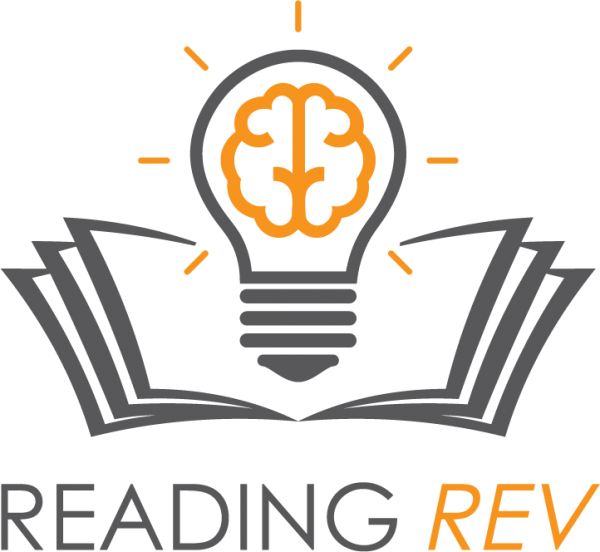5 Skills Needed for Successful Writing #4- Critical Thinking (Test Prep Plan Week 9)
Critical thinking is the foundation of academic success, especially when it comes to high-stakes testing. Research shows that “students who approach tests with a structured, metacognitive strategy perform significantly better than those who rely on rote memorization or passive reading” (McNamara, 2021). Just as skilled writers follow a systematic process—organizing, drafting, writing, and revising—strong test-takers use a strategic roadmap to navigate both reading comprehension and writing tasks. This week, we’re focusing on how students can apply a logical, step-by-step approach to think critically, break down questions, and tackle test tasks with confidence. By integrating the principles of Sedita’s Writing Rope with test-taking strategies, students can develop a clear plan that ensures success in any ELA assessment.
Join our 12-week test prep plan to equip your students with essential skills—building strong foundational literacy, mastering comprehension strategies, refining writing techniques, and developing critical thinking—so they can approach high-stakes testing with confidence and success!
5 Strands of the Writing Rope:
Strong readers don’t just read—they think while they read. This is called metacognition. Some students do this naturally. Many do not.
Research indicates that “students who actively engage with a text—predicting, questioning, and summarizing—develop deeper comprehension and retain information more effectively” (Duke & Cartwright, 2021). Yet, many students approach reading passages on tests passively, rushing through without a clear plan. To excel on ELA assessments, students need a structured roadmap for reading comprehension, just as writers follow a process to develop their ideas. This section will break down a step-by-step approach to organizing thoughts, actively engaging with the text, strategically answering questions, and revising choices—ensuring students approach reading tasks with confidence and clarity.
💡 Goal: Offer a systematic roadmap so students can tackle complex texts and reading tasks.
Step 1: Preview & Predict
Before diving into the passage, preview the text features (title, headings, visuals, etc.).
Predict what the passage might be about.
Skim the questions (without answering) to get a sense of what to focus on.
Step 2: Active Reading
Read in chunks, stopping to summarize or give a GIST statement for each section.
Mark key details that connect to the questions.
Use annotation strategies: underline key ideas, circle confusing words, and note main themes. On computerized tests, this can be quick notes jotted down on scratch paper.
Step 3: Answer Strategically
Eliminate obvious wrong answers before selecting one.
Return to the text—answers should be text-based and supported with evidence.
Use logic: If two answers seem right, compare them carefully.
Step 4: Review & Revise
Reread tricky questions before submitting.
Check for careless mistakes, such as misreading "not" or "except."
Ask yourself: Does my answer make sense based on the text?
Writing on a test isn’t just about answering the prompt—it’s about constructing a clear, well-supported response under pressure. Research shows that “students who engage in structured planning and revision produce higher-quality written responses than those who write without a clear strategy” (Graham & Harris, 2020). This aligns with Joan Sedita’s Writing Rope, which emphasizes that skilled writing is built through multiple, interconnected strands—organization, transcription, syntax, text structure, and critical thinking. Just as reading comprehension requires a roadmap, effective writing follows a process—planning, drafting, refining, and revising. Without a structured approach, students may struggle to organize their thoughts, provide strong evidence, or clearly communicate their ideas. In this section, we’ll explore a step-by-step strategy for breaking down prompts, structuring responses, and ensuring writing is clear, concise, and well-developed—helping students apply Sedita’s research-backed framework to improve their test performance.
💡 Goal: Give students a framework for approaching writing tasks in a logical order. (Sedita, 2023)
Step 1: Think
Analyze the prompt: What is it asking? What type of response is needed? Am I being ask to summarize, compare, analyze, or give my opionion?
Identify Text Structure- is the prompt related to a fiction or nonfiction text?
Gather information and jot down notes.
Step 2: Plan
Create a graphic organizer to outline ideas before jumping into writing. Think about the text structure and the familiar graphic organizers we have used. A quick main idea/ supporting detail or plot rollercoatser can be drawn on scratch paper.
Step 3: Write
Begin with a clear topic sentence that directly answers the prompt.
Use text evidence to back up your points, explaining how it connects to your answer.
Keep ideas clear and structured—use transition words to guide the reader.
Stay on topic—answer only what the prompt is asking.
Step 4: Revise
Check for clarity: Does my writing fully answer the question?
Look for grammar & spelling mistakes that could affect readability.
Refine word choice to make responses stronger and more precise.
High-stakes testing is not just about what students know—it’s about how they think and apply their knowledge strategically. By using a structured roadmap for both reading and writing, students can approach ELA assessments with confidence and control instead of feeling overwhelmed. When students learn to organize their thoughts, engage critically with texts, and systematically construct their responses, they set themselves up for success. Encouraging students to follow this logical approach will not only improve test performance but also strengthen their overall literacy skills—an essential foundation for lifelong learning.




